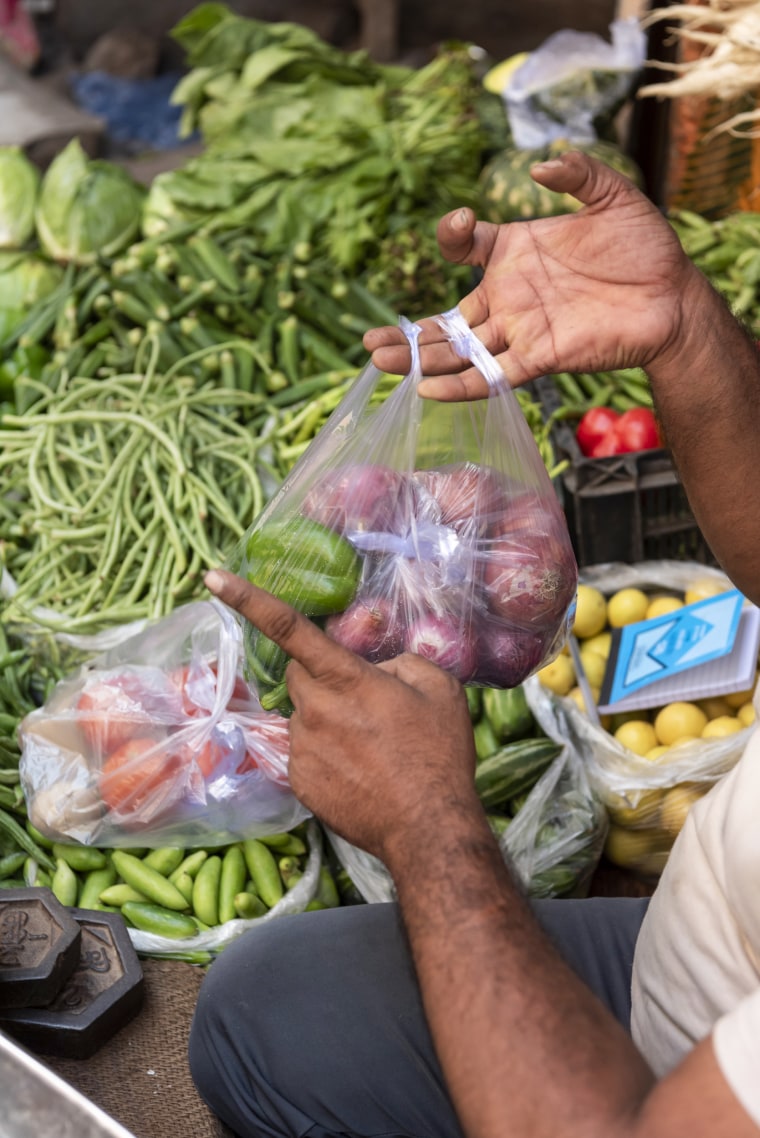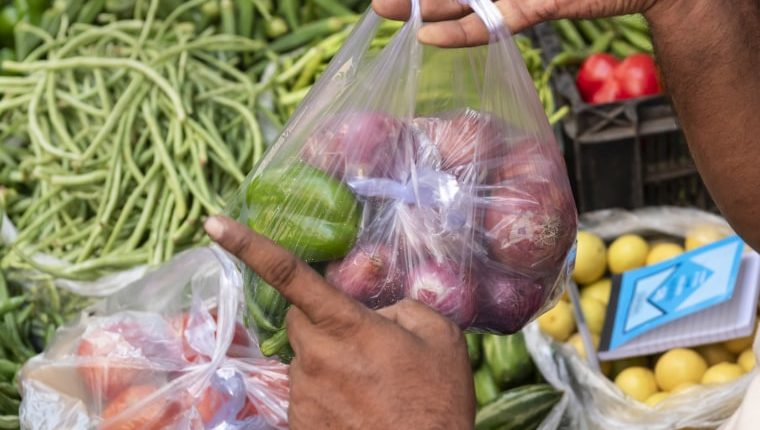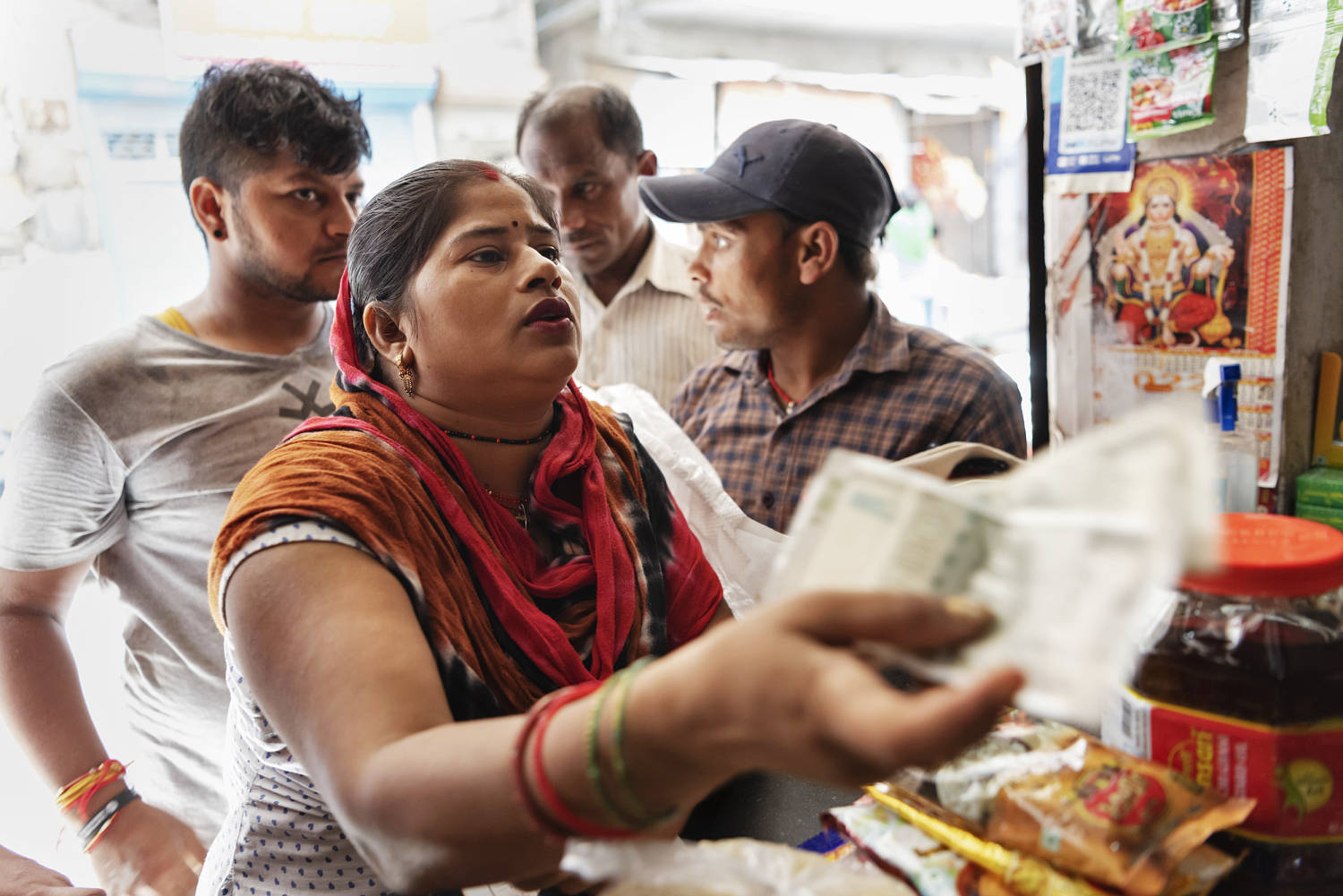NEW DELHI — Few foods are as essential to Indian cuisine as tomatoes and onions. But soaring prices have put them out of reach for many families in India, who are cutting back on the staple ingredients or even skipping them completely.
Inflation and northern floods that have decimated this year’s harvest in India, the world’s most populous nation, have sent prices of almost every part of a meal to record highs. During the summer, tomatoes went from 20 rupees (25 cents) to as much as 100 rupees ($1.25), while onions rose from 30 rupees (35 cents) to 180 rupees ($2.10), stretching families’ budgets to the maximum.
“We thought we would come here, make a living, build our home for our children. But we are not able to because of rising living costs,” said Raj Kumari, 30, a migrant worker whose family is one of about 80 that have lived for decades in a slum in the Majnu-ka-Tilla area of northwestern New Delhi.
“We think about taking one step forward in our life but end up taking one back instead,” she said.

Food price inflation in July was 11.5%, a three-year high, forcing Prime Minister Narendra Modi to take strong measures to cool prices ahead of a national election next year in which he is expected to seek a third five-year term in office. The government has restricted exports of rice and onions and started importing tomatoes from neighboring Nepal, and is selling some vegetables domestically at subsidized rates.
Soaring prices have led Kumari and her neighbors to make some hard choices when planning their meals.
“It’s getting more expensive day by day, but we can’t stop eating altogether,” she said.

So, armed with a bag, Kumari headed out on a recent sweltering afternoon to a neighboring street market where the smell of cinnamon and other fresh spices wafted through the air.
She began going through the items on her shopping list, asking first about the price of cooking oil.
“130 a kilogram,” the shopkeeper replied, or more than $1.50 for a quarter-gallon, almost double what it cost a few years ago. Kumari limited herself to half a gallon, about half of what she would normally buy for two weeks or longer.
She then picked up a sack of flour — used to make roti, or flatbread — which cost 320 rupees ($3.85) for 10 kilograms, or about 22 pounds.
“It would cost around 250 two years ago,” Kumari said.
As poultry feed has also risen in price, she decided to skip her son’s favorite food, chicken, moving directly to the vegetable sellers.
Source: | This article originally belongs to Nbcnews.com









